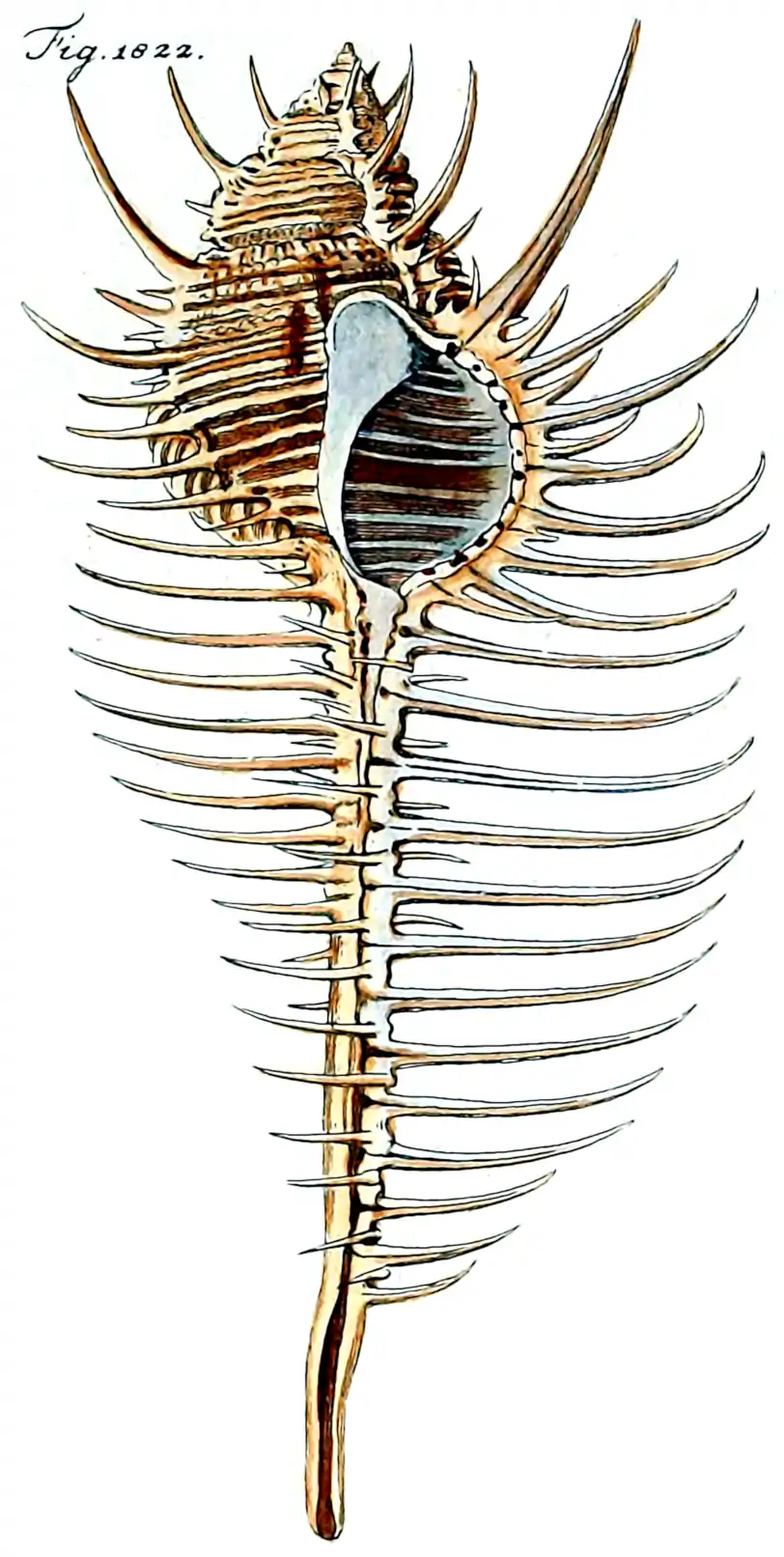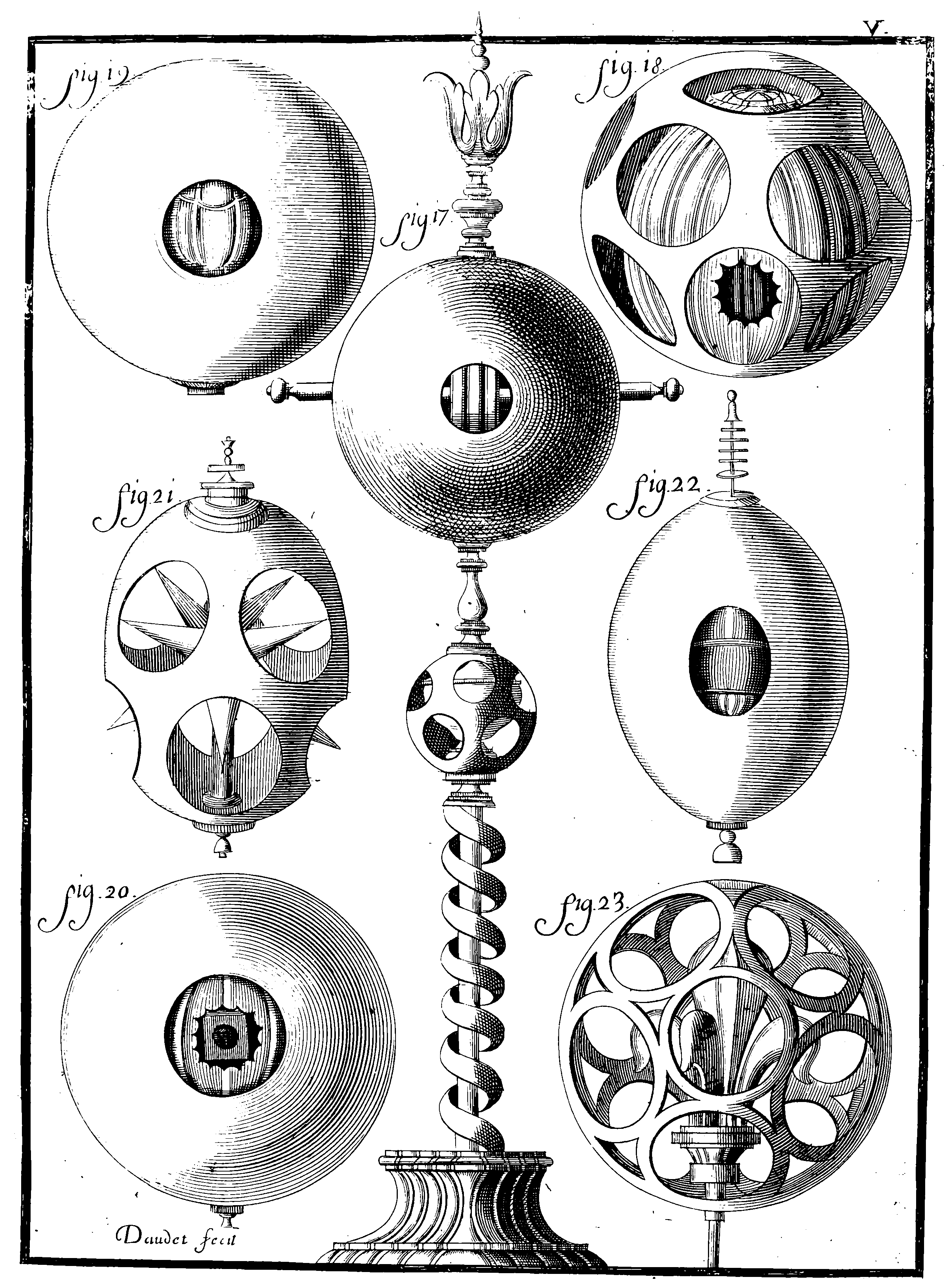See also grammatical inference, syntax.
In computer graphics these are also called “procedural design” (that being slightly more general), or L-systems.
Prusinkiewicz and Lindenmayer (the L in “L-systems” ) had success describing plants and seashells and other CGI-friendly lifeforms as grammars. Lerdahl and Jackendoff applied these ideas to music. Look around for applications to primatology, genetic programming, gene expression, dynamical systems, Barnsley et al and their fractal image compression…
Design grammars are just ordinary grammars (possibly probabilistic ones, but nevertheless…). Unlike classical the usual linguistic use of the word grammar”, though, the emphasis here is not simply on parsing sentences to see if they are valid or not, but rather using grammars to synthesise entirely new sentences/flowers/trees/dungeons.
I should mention that I am interested in this for artistic/creative reasons rather than purely analytic ones, but there are probably uses in both domains.
Where do design grammars come from? One common term is “inverse procedural modeling” which is a design analogue of grammatical inference.
References
Genetic Programming. 2000.
Grefenstette, Hermann, Suleyman, et al. 2015.
“Learning to Transduce with Unbounded Memory.” arXiv:1506.02516 [Cs].
McCormack. 2004.
“Aesthetic Evolution of L-Systems Revisited.” Applications of Evolutionary Computing, Lecture Notes in Computer Science,.
Prusinkiewicz. 1986. “Score Generation with L-Systems.” In Proceedings of the 1986 International Computer Music Conference.
Prusinkiewicz, and Hammel. 1994.
“Language-Restricted Iterated Function Systems, Koch Constructions, and L-Systems.” In
New Directions for Fractal Modeling in Computer Graphics. SIGGRAPH Course Notes.
Prusinkiewicz, and Lindenmayer. 1991. The Algorithmic Beauty of Plants. The Virtual Laboratory.
Smith. 1984.
“Plants, Fractals, and Formal Languages.” In
SIGGRAPH Comput. Graph.
Stiny, and Gips. 1971. “Shape Grammars and the Generative Specification of Painting and Sculpture.” In IFIP Congress (2).
Talton, Lou, Lesser, et al. 2011.
“Metropolis Procedural Modeling.” ACM Transactions on Graphics.
Vidal. 1994.
“Grammatical Inference: An Introductory Survey.” In
Grammatical Inference and Applications. Lecture Notes in Computer Science.
Yeh, Nischal, LeDuc, et al. 2020.
“Written in Blood: Applying Shape Grammars to Retinal Vasculatures.” Translational Vision Science & Technology.

